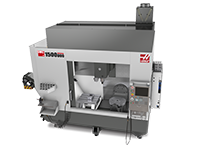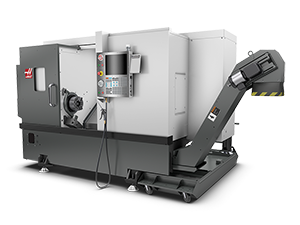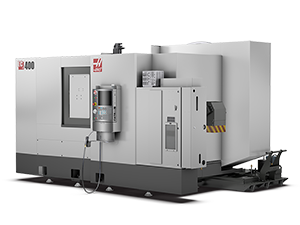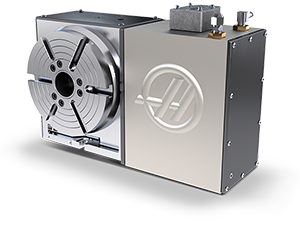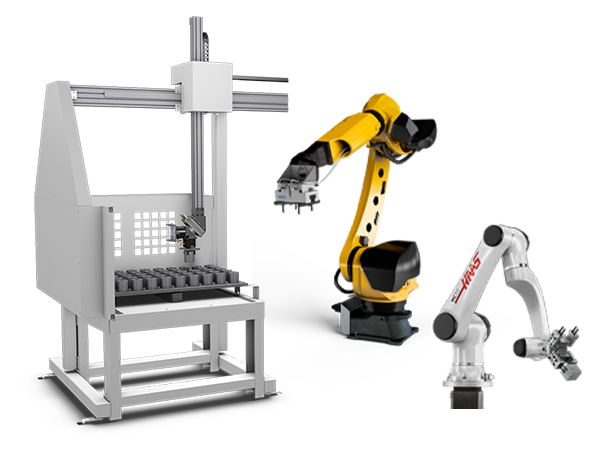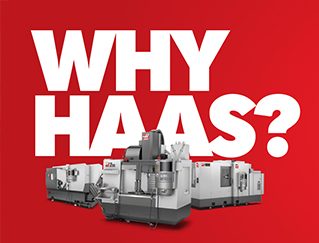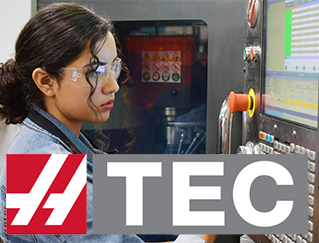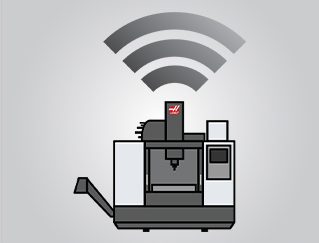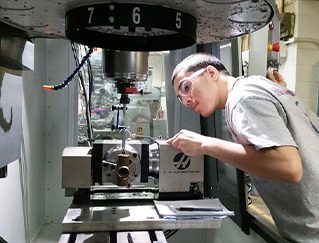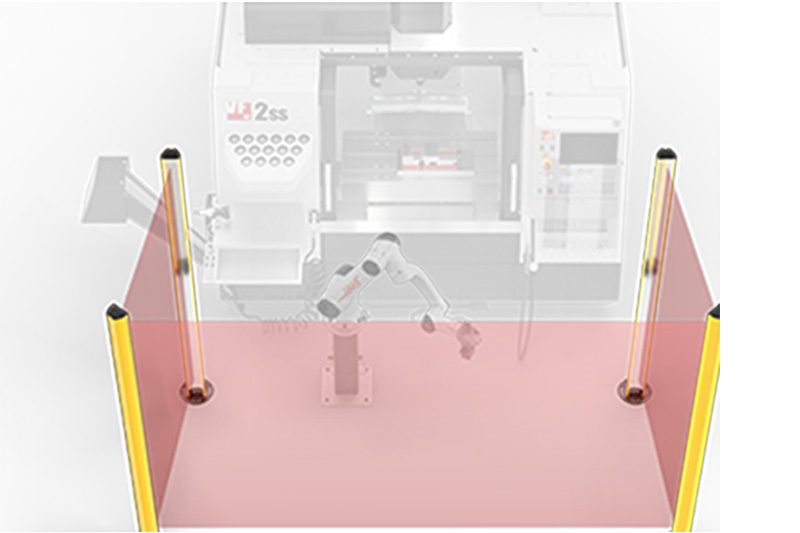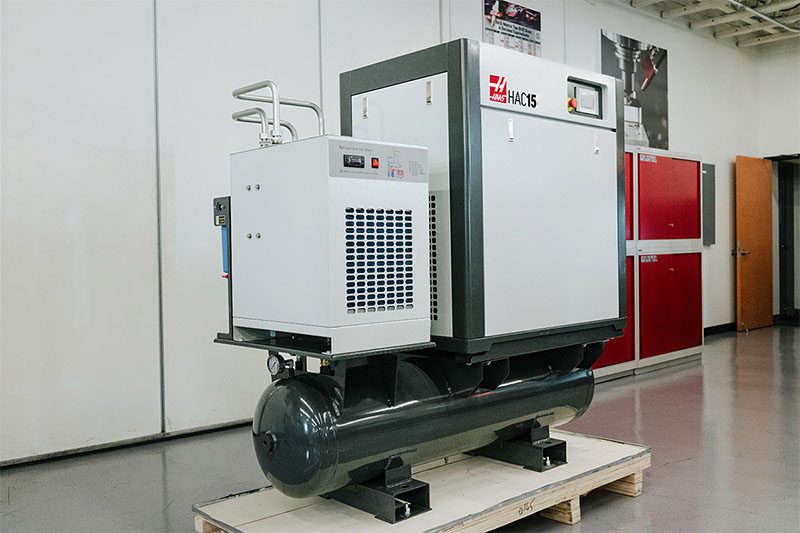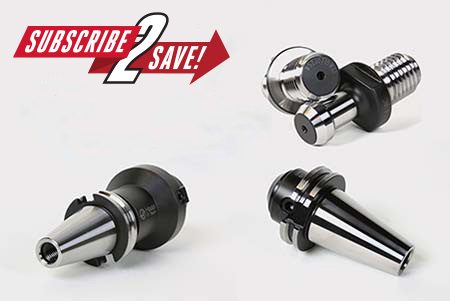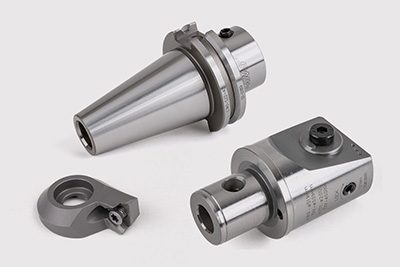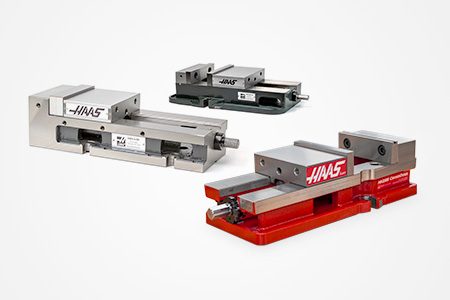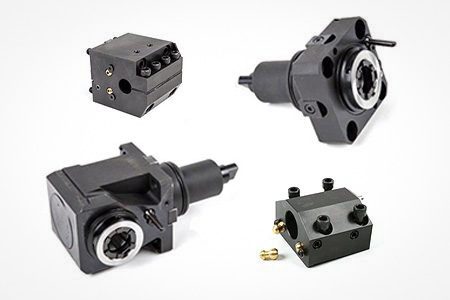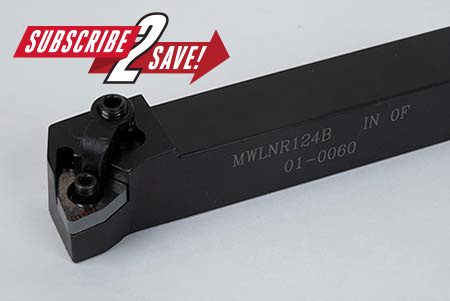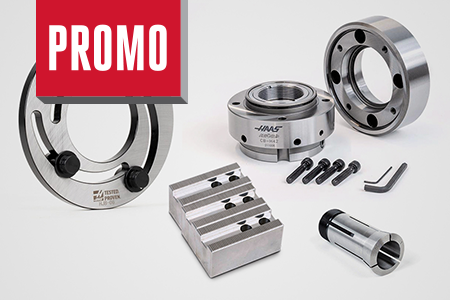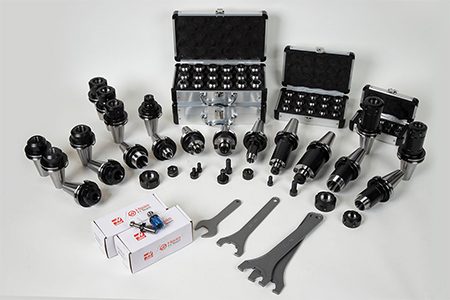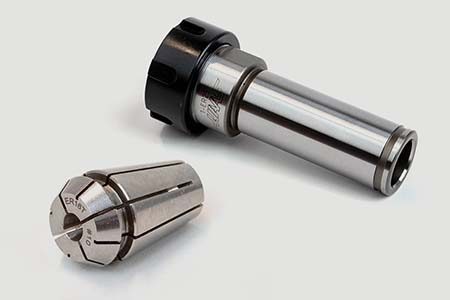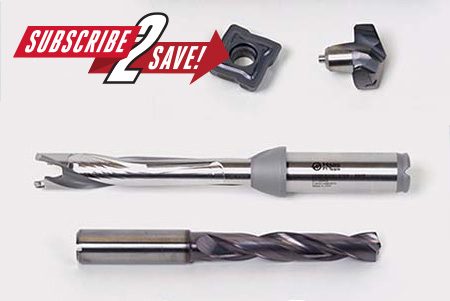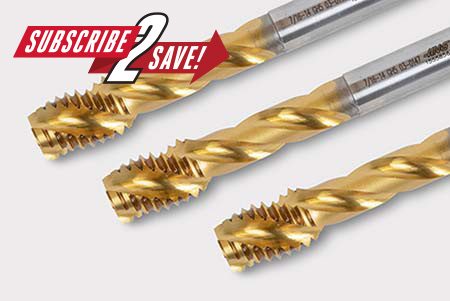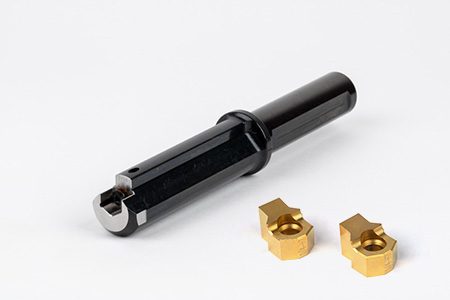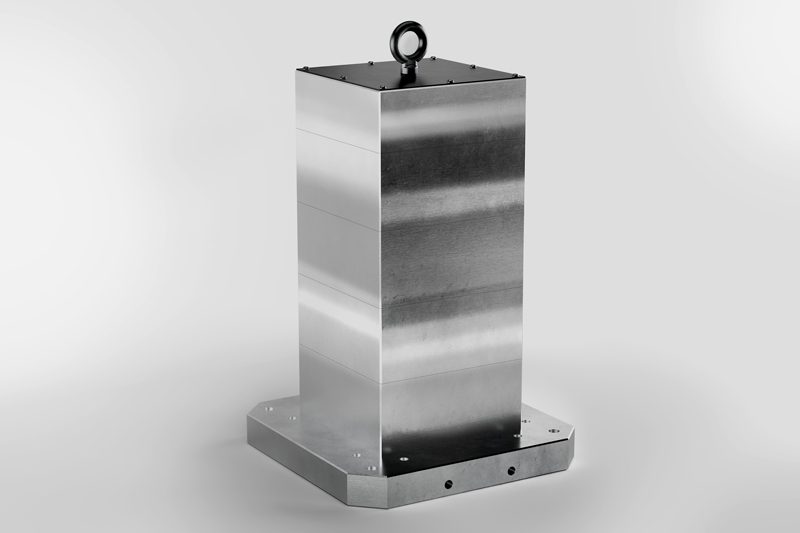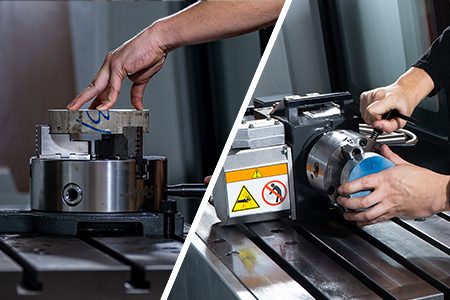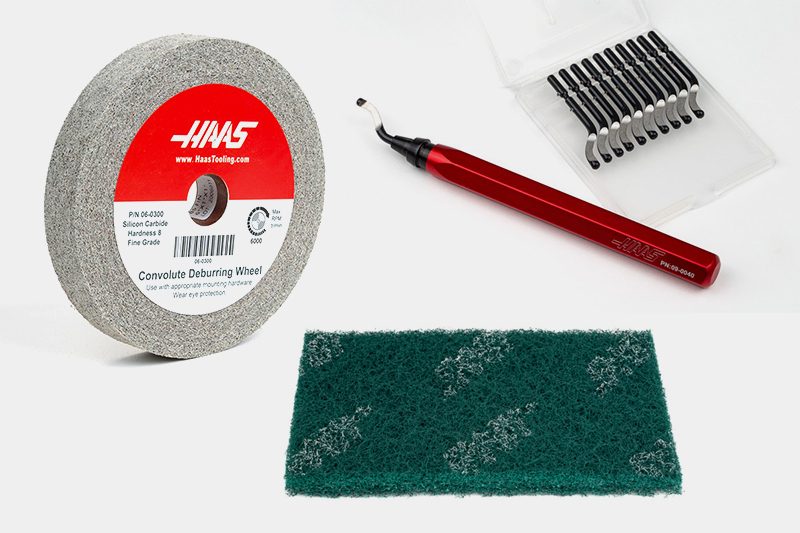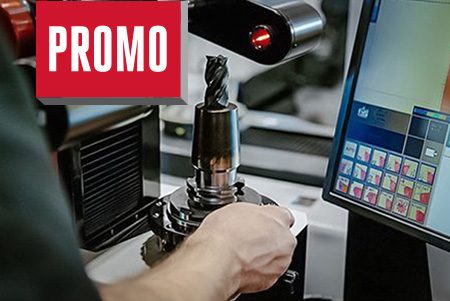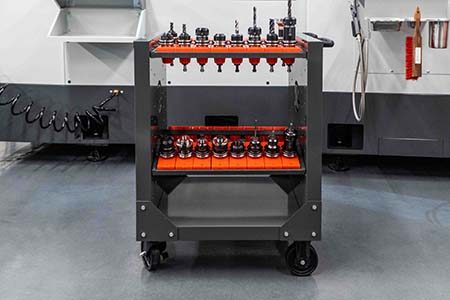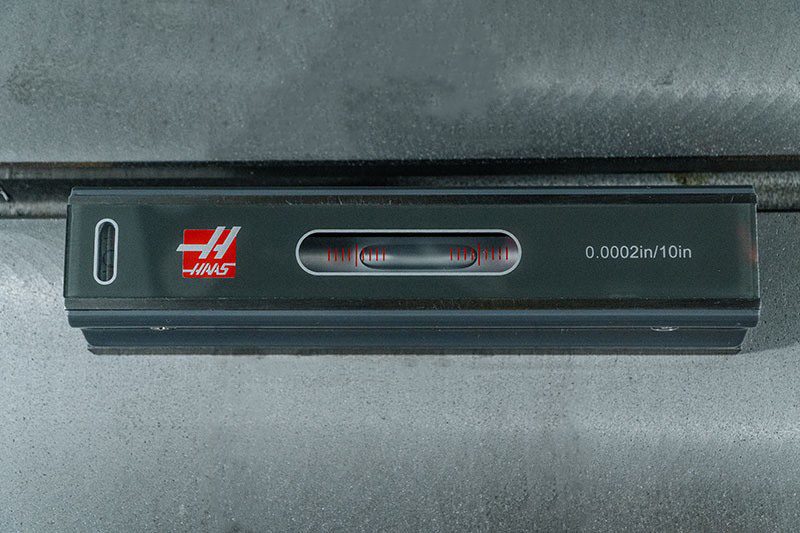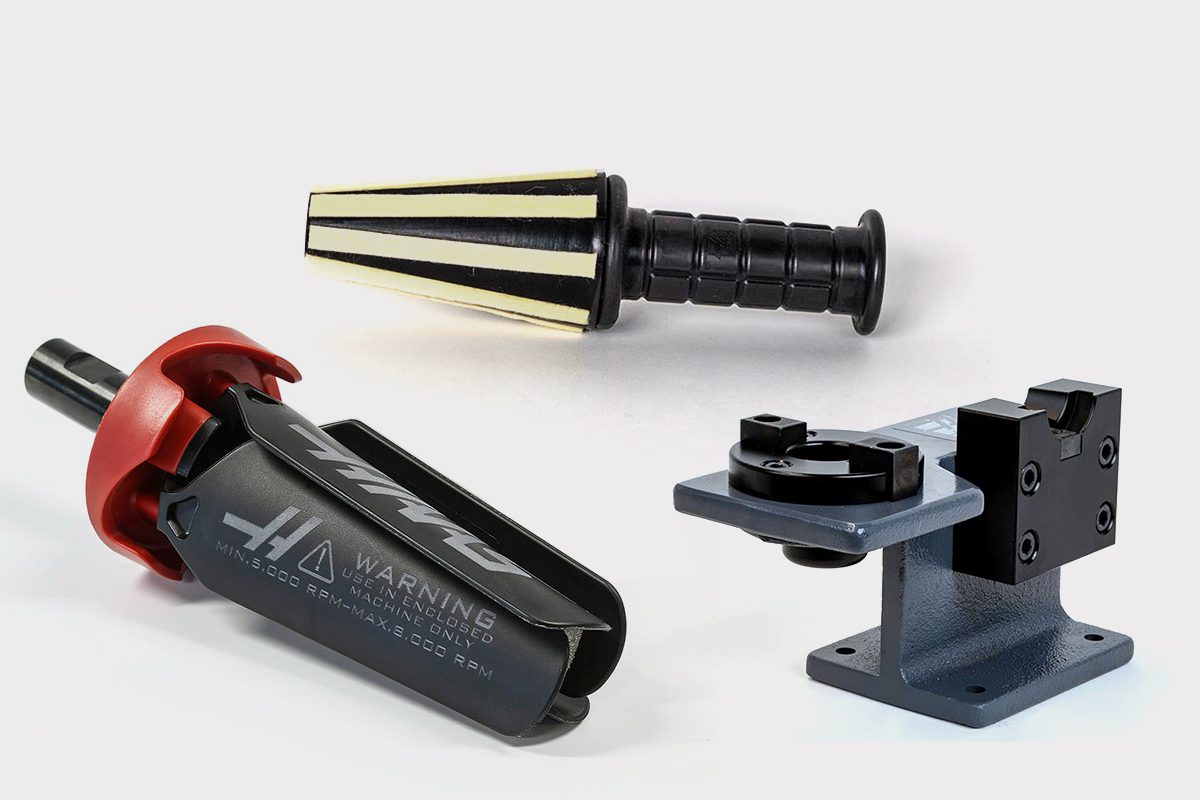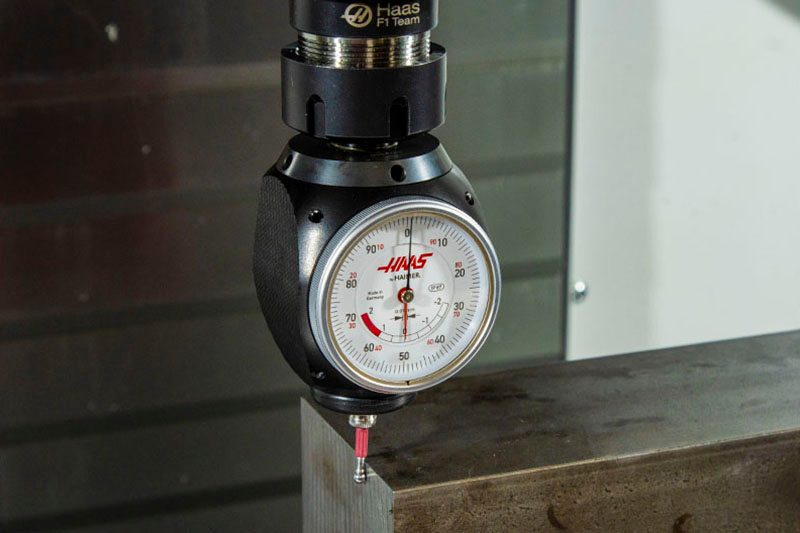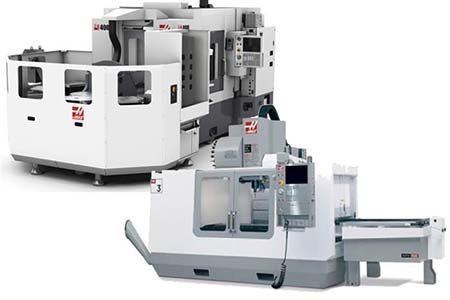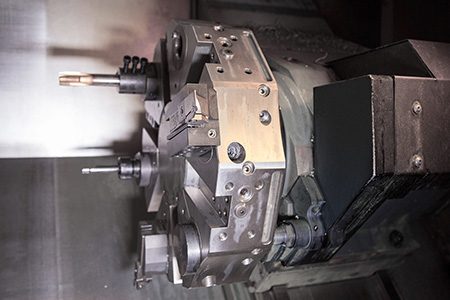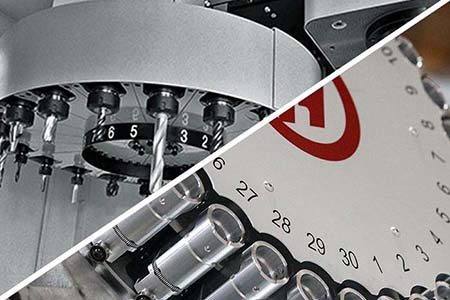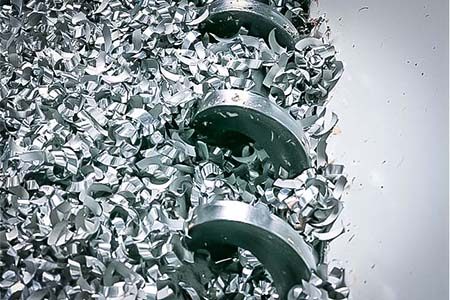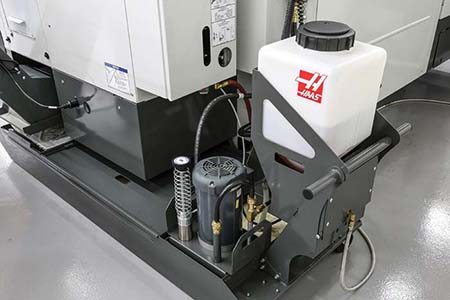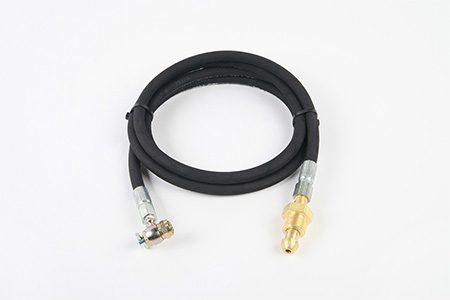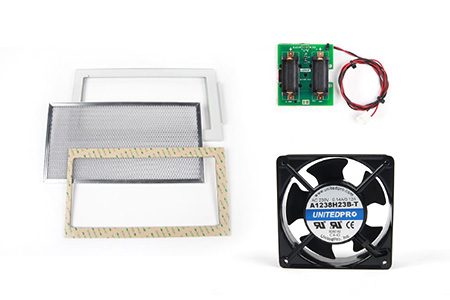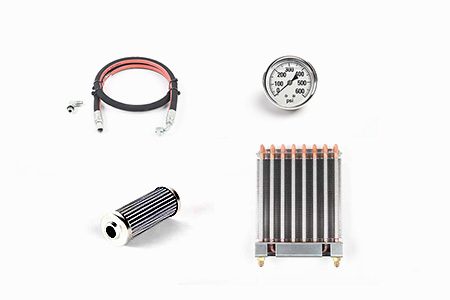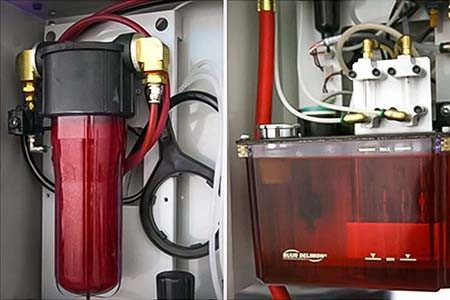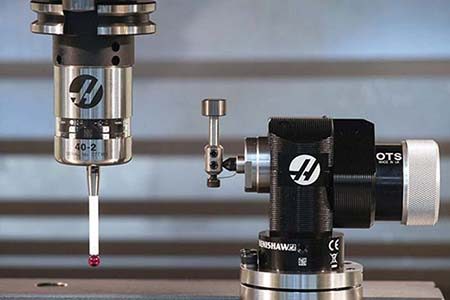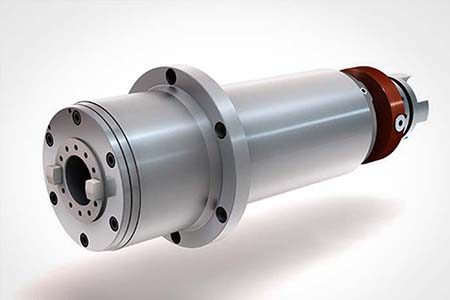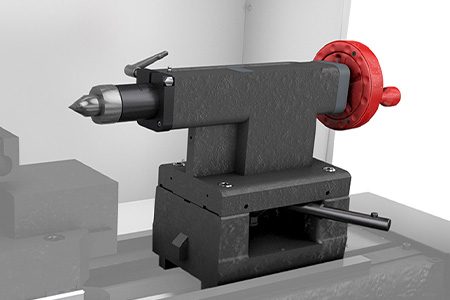Strategies for solving UMC surface finish problems
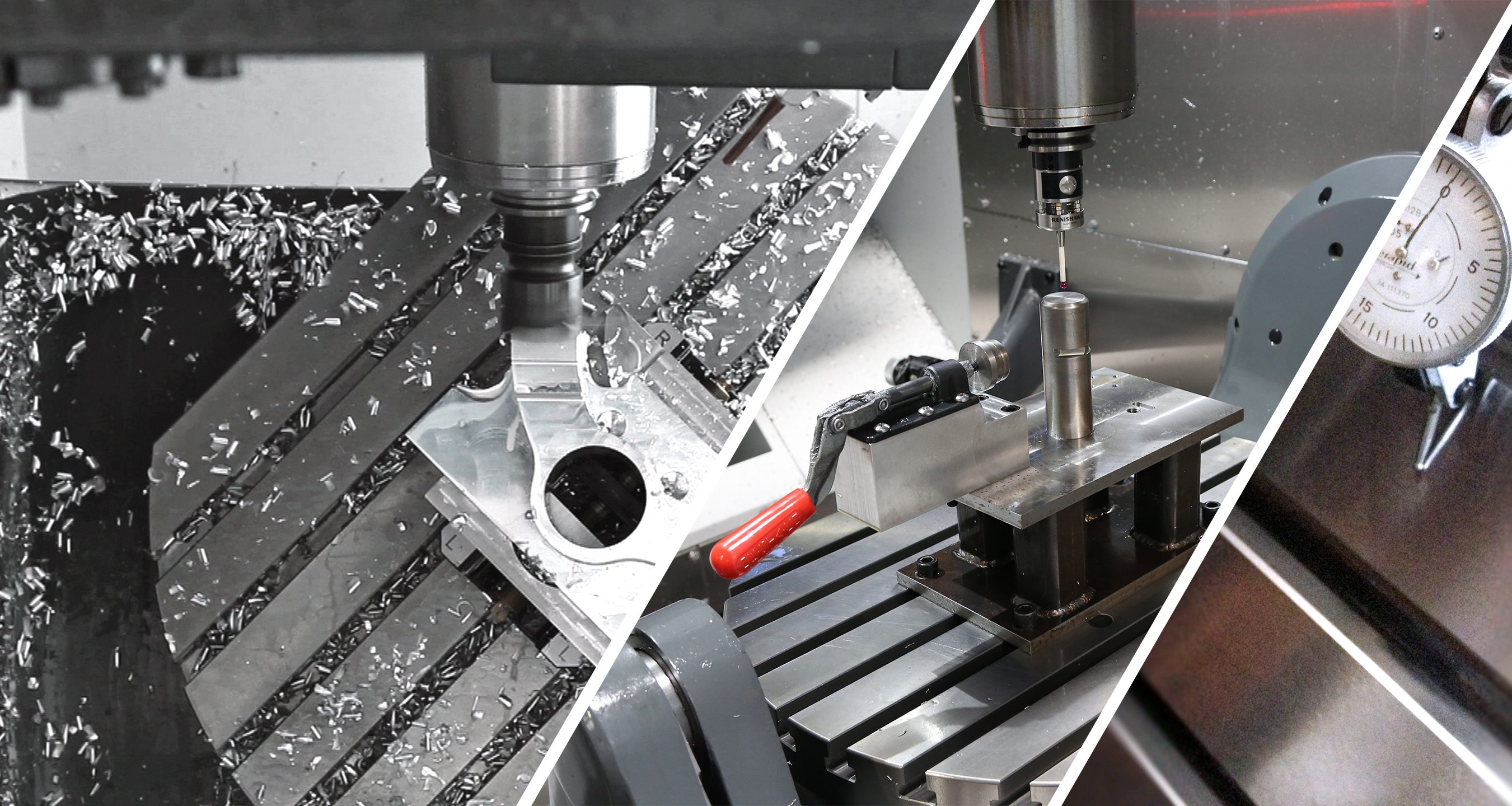
In 2012 Haas Automation introduced the UMC-750. We at Haas, along with the HFO Network and our customers, have learned a lot about 5-axis machining in the years that have passed since that introduction. We have seen a lot of clever customers making some very intricate and accurate parts and we have learned a lot about what it takes to do this successfully and productively. Below is brief summary of the lessons learned in regards to some of the most common surface finish problems with this machine. This should serve as a basic building block to help exploit, understand, and if need be, explain to the customer the capabilities of this machine tool.
Make sure the machine has a current configuration file installed. We have made some minor changes to a few parameters over the years and doing so will ensure you have all of the latest improvements.
Use G187 P3 for finishing. This invokes slower accel as defined by P752 FEED ACCEL FINISH. Recognize that cycle time will be longer with G187 P3 invoked, so teach the customer to use this for finish passes and to use G187 P1 or P2 for the rest of the work. Most popular CAD/CAM posts will have this option built in already.
Evaluate the application. With a C-frame VMC you can usually cut some corners and still make a good part. With a universal-style machine the reaches are typically longer, the tools are longer and the workholding is usually farther from the table so you are already making some sacrifices. There is typically no room left in the budget for sacrifices in the application - everything else needs to be right.
- Make sure the workholding is as stiff as possible. Move the workholding back in y as far as possible to shorten the y-axis ram overhang. Make sure the workpiece is held securely and supported well. If you are using soft jaws make sure they jaws are in good condition and hold the part appropriately.
- Make sure the tooling is correct for the application. Gage length should be as short as possible. Use milling chucks or shrink-fit holders. If that’s not possible use ER collets. Avoid Weldon shank holders. Endmill runout needs to be under 0.0005”. Balance all tools that turn 10,000rpm or more to grade G2.5 or better
- If tooling, workholding, and G187 P3 hasn't made enough improvement make a significant change to speeds, feeds or cutter load. We have seen UMC finish problems solved by changing from a 2FL endmill to a 3FL endmill; we have also seen it work the other way – it depends on the application. We have seen finish problems solved by adding more finish stock; we have also seen improvements by using far less finishing stock. We have seen improvements by going from 8,000rpm to 15,000rpm; I have seen it go the other way also. The point is that a significant change to the application can often make a big improvement in finish.
Understand that at the end of the day a UMC is not as stiff as a C-frame vertical and it won’t always cut like a VF-2. But it does some things that a VF-2 won’t: it lets you reach 5 sides of a part; it lets you reduce the number of operations it takes to make a part; with standard Dynamnic Work Offsets and probing setup changeover can drop from hours to minutes. The UMC can be a lot more productive than a VF-2 if you have the right work and if you understand how to exploit the capabilities of the machine.



